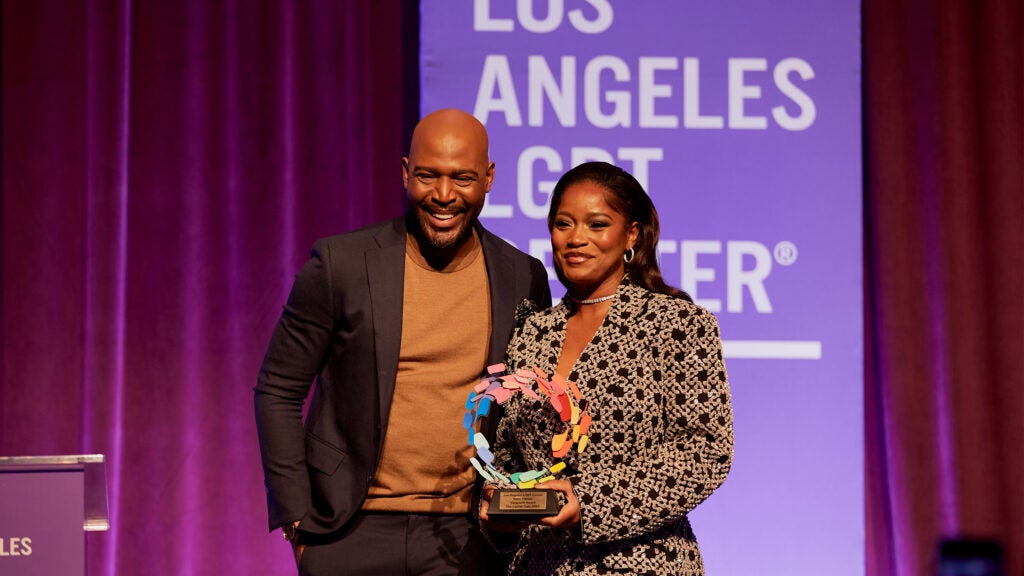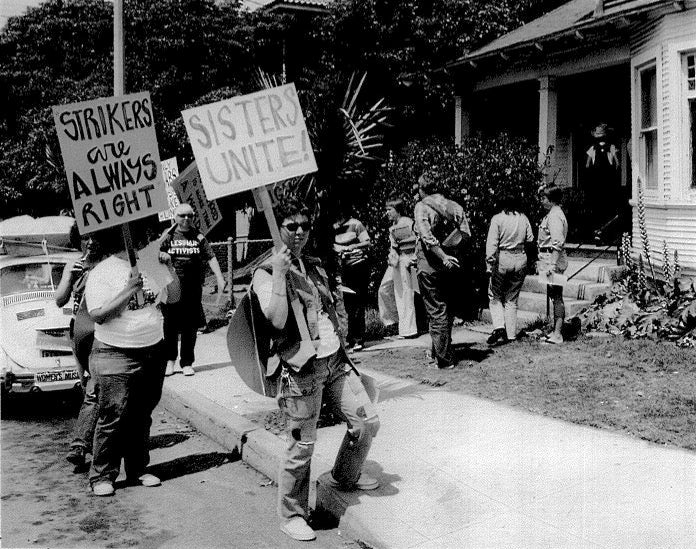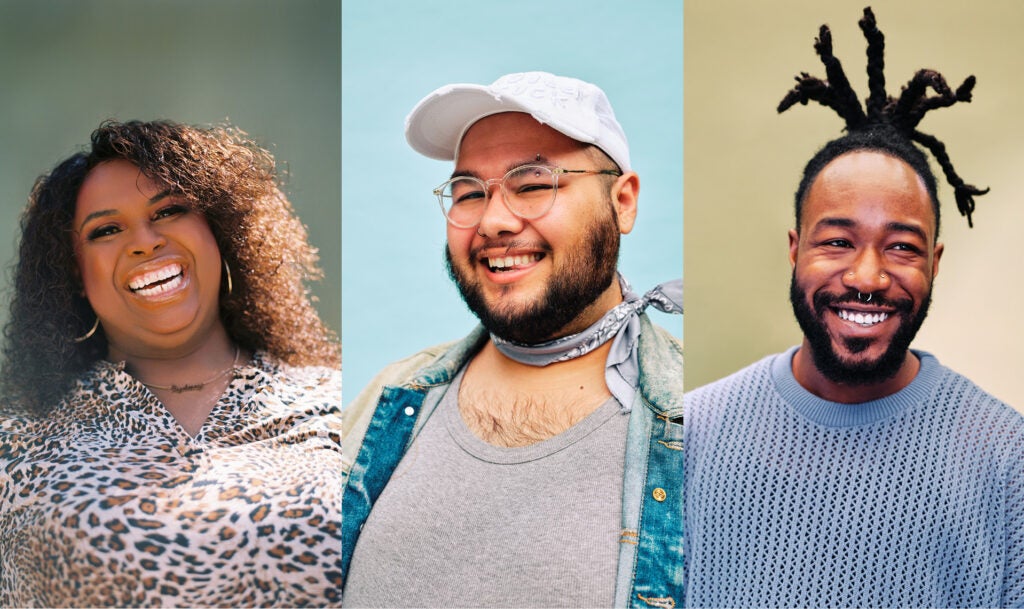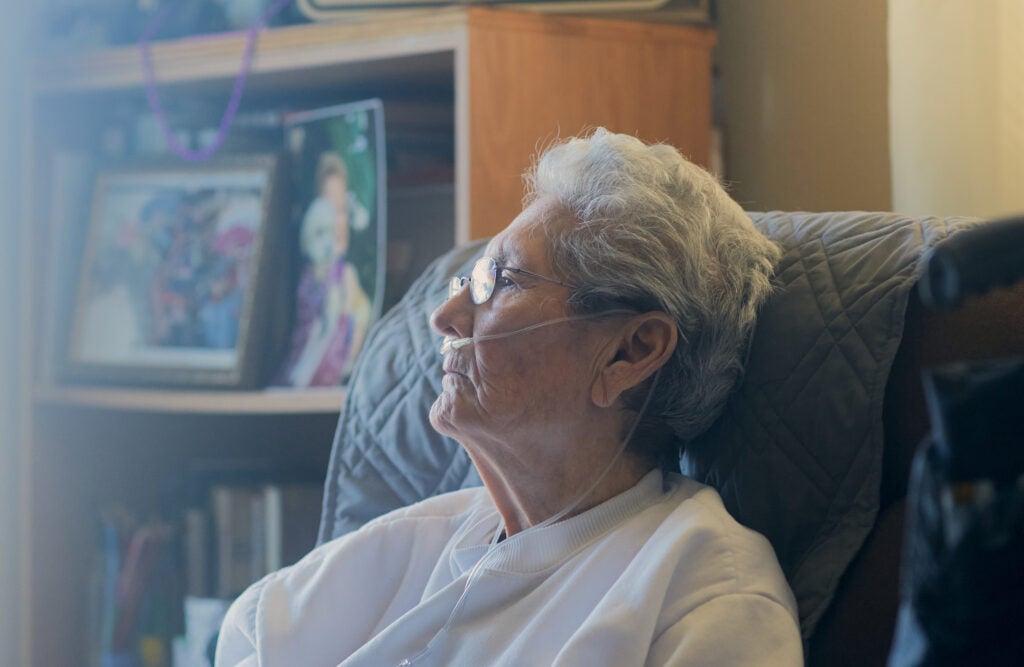The Los Angeles LGBT Center was founded more than 50 years ago, when a group of queer activists came together to launch what was then known as the “Gay Community Services Center.”
They opened the first Liberation House near MacArthur Park in 1971, the country’s first facility where LGBTQ+ adults and youth experiencing homelessness could find shelter for $1.50/day. The concept was a success, and the organization quickly opened a number of additional Liberation Houses, including one exclusively for women and girls. As the need for services grew, so did the Center’s staff and programs. But in those 50+ years of growth and expansion, the Center experienced its fair share of growing pains.
One significant rupture came in the late 1970s, at a time when the Gay Community Services Center was experiencing rapid expansion. Conflicts between Center staff over grant funding for programs, personality clashes, and divisions between the men and women on staff culminated in a labor dispute led by a group known as the “Gay Feminist 11.”
The dispute is chronicled in the book Gay L.A.: A History of Sexual Outlaws, Power Politics, and Lipstick Lesbians by Lillian Faderman and Stuart Timmons.
According to Faderman, many of the women on staff at the time felt that Center leadership undervalued programs for lesbians and were misappropriating funding to shore up programs for men. When they refused to sign a “statement of fidelity” to the organization, the group known as the “Gay Feminist 11” were fired.
The ensuing strike, organized with the socialist Lavender and Red Union (which met at the Center at the time), grew into a labor action over the three years before it was resolved, but Jeanne Cordova, one of those who was fired, recalled a different motivation at the onset. “Our fight is about lesbian feminism versus male-dominated hierarchy,” she recalled in Gay L.A.
According to Cordova, the Center “wasn’t a supermarket” to be targeted by anti-capitalist action. “It’s the place my baby gay brother might go to ask for a bed when my Catholic parents throw him out,” she said.
But perhaps the most outwardly consequential action came after the “Gay Feminist 11” dispute:
Faderman wrote, “After a group of young women led by Christi Kissell climbed the Center’s roof in the middle of the night and painted the word ‘Lesbian’ on the Gay Community Services Center sign, the board, understanding the temper of the times, voted to make the change permanent.”
The 1980 name change was the first of several for the Center, and was described in the Lesbian Tide newsletter as a reflection of “an institutional commitment to meeting the needs of the entire community through special recognition of the value of diversity.”
“During the last 10 years, the voices of women have been heard with increasing clarity regarding violence, employment opportunities, and recognition itself,” the announcement said. “In response to those voices, the Gay and Lesbian Community Services Center views the new decade as a time of expanding participation for women and minorities, including gays and lesbians, throughout Los Angeles.”
Fademan describes the incident as one of several actions in the early 1980s led by women fighting to make the Center more inclusive. Another incident, centering around a board meeting crashed by “angry lesbians who demanded that the Center offer more, not fewer, programs geared specifically toward women.”
In 2014, the organization adopted its current name, the Los Angeles LGBT Center, to better reflect the full diversity of people the Center has always served. Today, the Center is the world’s largest LGBTQ+ organization, with more than 800 employees across 10+ locations throughout Los Angeles. You can read more about the Center’s history and mission here.
Read More

“Care Should Never Feel Wrong”: How the Center Is Transforming Medical Care
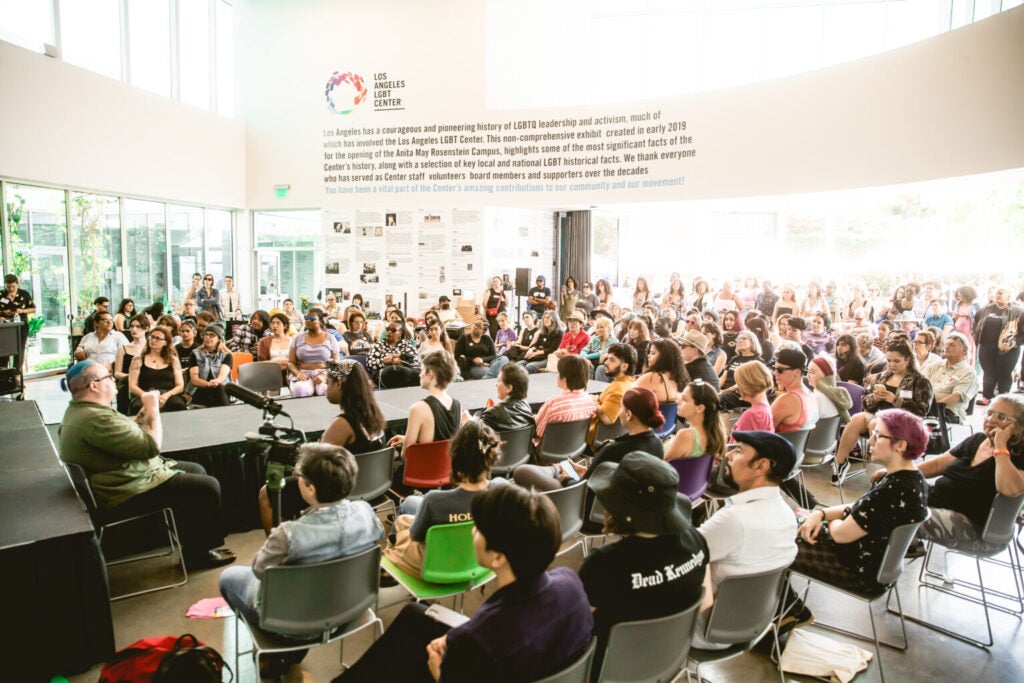
Roxane Gay Celebrates Audre Lorde Health Program at WxW: ‘Care in the Truest Sense of the Word’
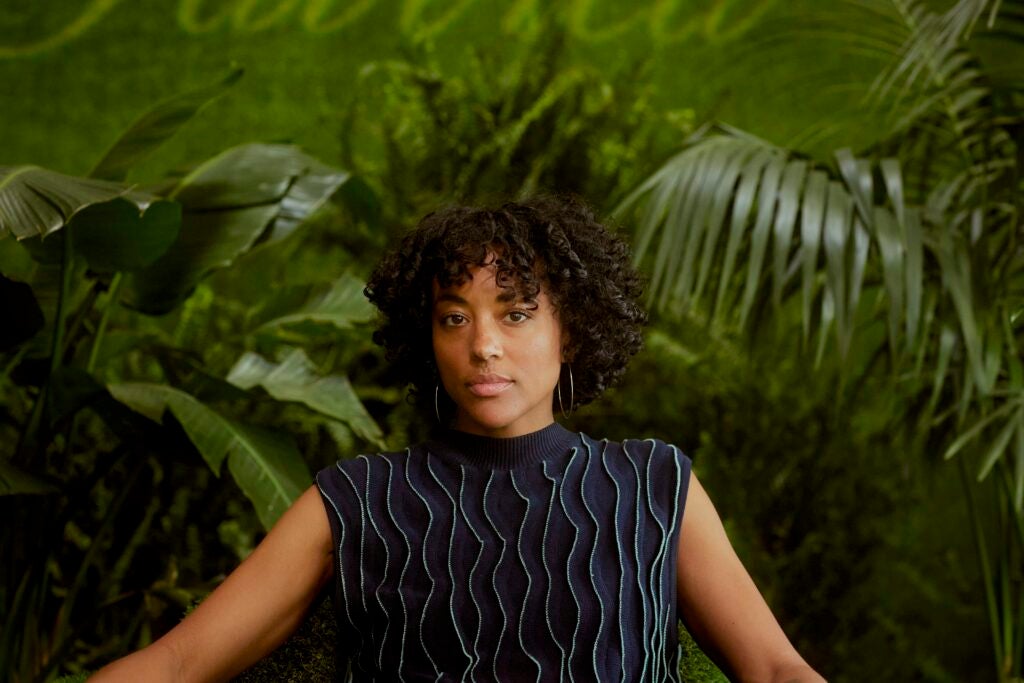
Chief Equity Officer Giovanna Fischer on Creating Change Through Imagination
